Stir-fried water spinach, known in Chinese cuisine as kangkong chao or ong choy stir-fry, is a beloved dish that bridges simplicity and flavor. This vibrant green vegetable, scientifically named Ipomoea aquatica, thrives in tropical and subtropical regions, making it a staple in Southeast Asian and Southern Chinese kitchens. Its crisp texture, mild earthy taste, and ability to absorb sauces make it a versatile canvas for culinary creativity. In this comprehensive guide, we will explore the nuances of preparing this dish, from selecting the freshest ingredients to mastering the stir-fry technique that ensures each strand is tender yet crunchy.
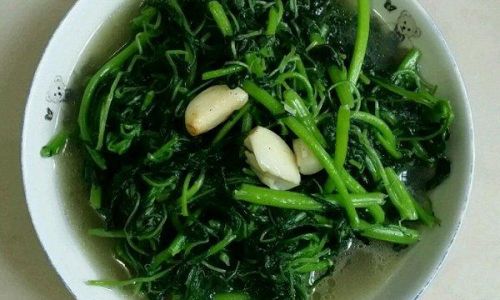
The Allure of Water Spinach
Water spinach is not merely a vegetable—it is a cultural icon. In regions like Guangdong, Hong Kong, and Taiwan, it graces dinner tables as a symbol of prosperity and resilience, often served during festivals and family gatherings. Its hollow stems and arrowhead-shaped leaves distinguish it from other leafy greens, offering a unique mouthfeel that ranges from delicately crisp to tender, depending on cooking time.
Beyond its cultural significance, water spinach is a nutritional powerhouse. Rich in vitamins A, C, and K, it also provides dietary fiber, iron, and calcium. Its low-calorie profile makes it a guilt-free addition to any meal, while its mild flavor allows it to pair seamlessly with bold seasonings like garlic, ginger, and chili.
Ingredients: Building Flavor Layer by Layer
To achieve the perfect stir-fried water spinach, every ingredient plays a pivotal role. Here’s a breakdown of the key components:
-
Water Spinach (1 large bunch, approximately 500g):
Choose bunches with vibrant green leaves and firm, unblemished stems. Avoid wilted or yellowing leaves, as they indicate age or improper storage.
-
Aromatics:
- Garlic (4–5 cloves, minced): The backbone of the dish, garlic imparts a pungent, savory aroma.
- Ginger (1-inch piece, finely julienned): Adds a subtle warmth and depth.
- Fresh Red Chili (1–2, sliced diagonally): Adjust to taste; use Thai bird’s eye chilies for heat or milder Fresno peppers for color.
-
Sauce Base:
- Light Soy Sauce (1.5 tbsp): Provides saltiness and umami.
- Oyster Sauce (1 tbsp): Enhances sweetness and richness.
- Sugar (1/2 tsp): Balances the soy sauce’s saltiness.
- White Pepper (a pinch): Adds a floral, slightly spicy note.
-
Cooking Fat:
- Peanut Oil or Vegetable Oil (2 tbsp): High smoke-point oils are essential for stir-frying without burning.
-
Finishing Touches:
- Sesame Oil (1/2 tsp): For a nutty aroma.
- Cornstarch Slurry (1 tsp cornstarch + 1 tbsp water, optional): Thickens the sauce if a glossier finish is desired.
Preparation: The Foundation of Perfection
Proper preparation ensures even cooking and maximizes flavor absorption.
-
Cleaning and Trimming:
- Rinse the water spinach thoroughly under cold water to remove grit. Trim 1–2 inches from the stem ends, as they may be fibrous.
- Separate the leaves from the stems. Cut the stems into 2-inch segments and the leaves into 3-inch strips. This separation allows for staggered cooking, ensuring the stems crisp while the leaves wilt gently.
-
Aromatic Prep:
Mince garlic and ginger finely to ensure they meld into the oil during stir-frying. Slice chilies thinly to release their heat gradually.
-
Sauce Mixing:
Combine soy sauce, oyster sauce, sugar, and white pepper in a small bowl. Stir until the sugar dissolves. This step prevents over-seasoning later.
The Stir-Fry Technique: Fire and Precision
Stir-frying is a dance of heat and timing. Mastering this technique elevates the dish from ordinary to extraordinary.
-
Heating the Wok:
Place a carbon steel wok over high heat. Allow it to smoke lightly—this sears ingredients quickly, preserving texture and color. Add oil and swirl to coat the wok’s surface.
-
Cooking the Aromatics:
Add garlic, ginger, and chili to the hot oil. Stir-fry for 10–15 seconds until fragrant but not browned. Burnt garlic imparts bitterness, so vigilance is key.
-
Stir-Frying the Stems:
Toss the stem segments into the wok. Stir-fry for 2–3 minutes until they turn bright green and slightly tender. Use a wok spatula to toss continuously, ensuring even cooking.
-
Adding the Leaves:
Introduce the leaves and a splash of water (1–2 tbsp) to generate steam. Cover the wok briefly (10–15 seconds) to wilt the leaves without overcooking.
-
Saucing and Finishing:
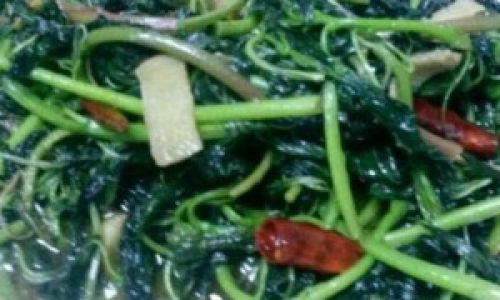
Pour the prepared sauce over the vegetables. Toss vigorously to coat. For a glossy finish, stir in the cornstarch slurry and cook until the sauce thickens (30 seconds). Remove from heat and drizzle with sesame oil.
Tips for Stir-Fry Success
-
Wok Mastery:
A carbon steel wok retains heat better than non-stick pans, crucial for high-heat cooking. Season it regularly to prevent sticking.
-
Heat Control:
If the wok overheats, lift it briefly from the stove to prevent burning. Conversely, insufficient heat leads to steaming, not stir-frying.
-
Don’t Overcrowd:
Cook in batches if necessary. Overcrowding the wok lowers the temperature and results in soggy vegetables.
-
Season to Taste:
Adjust soy sauce and oyster sauce ratios based on personal preference. A splash of rice vinegar can add acidity, while a pinch of MSG (optional) amplifies umami.
-
Serving Suggestions:
Pair with steamed jasmine rice, congee, or noodles. Garnish with toasted sesame seeds or crispy fried garlic for texture.
Variations and Cultural Twists
Stir-fried water spinach adapts to regional preferences:
- Sichuan-Style: Add doubanjiang (fermented broad bean paste) and Sichuan peppercorns for a麻辣 (má là) kick.
- Thai Version: Incorporate shrimp paste (kapi) and fish sauce, served with sticky rice.
- Vegetarian Delight: Substitute oyster sauce with mushroom-based vegan alternatives and add tofu cubes.
Health Benefits: More Than Just a Side Dish
Beyond its culinary appeal, water spinach offers:
- Detoxification: High fiber content aids digestion.
- Antioxidant Properties: Vitamins A and C combat free radicals.
- Hydration: With 92% water content, it’s a refreshing choice in hot climates.
Common Pitfalls and How to Avoid Them
-
Mushy Texture:
Overcooking stems or leaves. Solution: Separate stems and leaves; cook stems first.
-
Bland Flavor:
Under-seasoning or uneven sauce distribution. Solution: Pre-mix sauces and toss thoroughly.
-
Burnt Garlic:
High heat without constant stirring. Solution: Use medium-high heat and stir continuously.
-
Oily Residue:
Excess oil. Solution: Use a minimal amount; the vegetable releases moisture during cooking.
Conclusion: A Dish That Transcends Borders
Stir-fried water spinach is more than a recipe—it’s a testament to the harmony of simplicity and skill. Whether enjoyed in a bustling Hong Kong dai pai dong or a home kitchen in Houston, this dish embodies the essence of Chinese cooking: respect for ingredients, precision in technique, and a celebration of flavor. By mastering its preparation, you not only learn to cook a vegetable but also honor a culinary tradition that has nourished generations.
So, grab your wok, ignite the flame, and let the sizzle of garlic and the crisp snap of water spinach transport you to the heart of Chinese kitchens worldwide. Bon appétit!
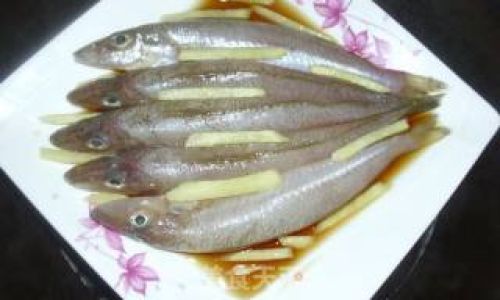
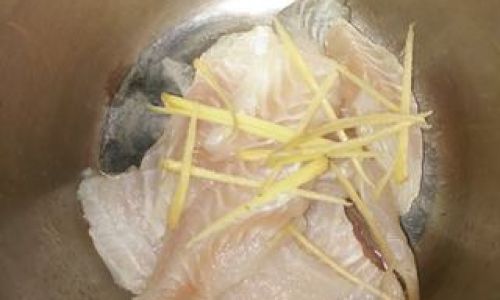
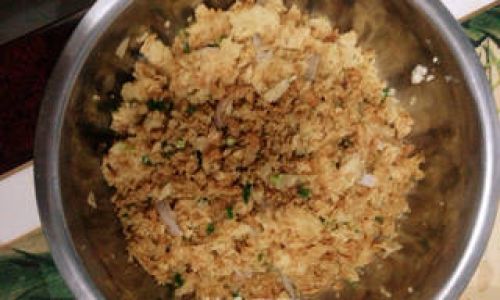


0 comments